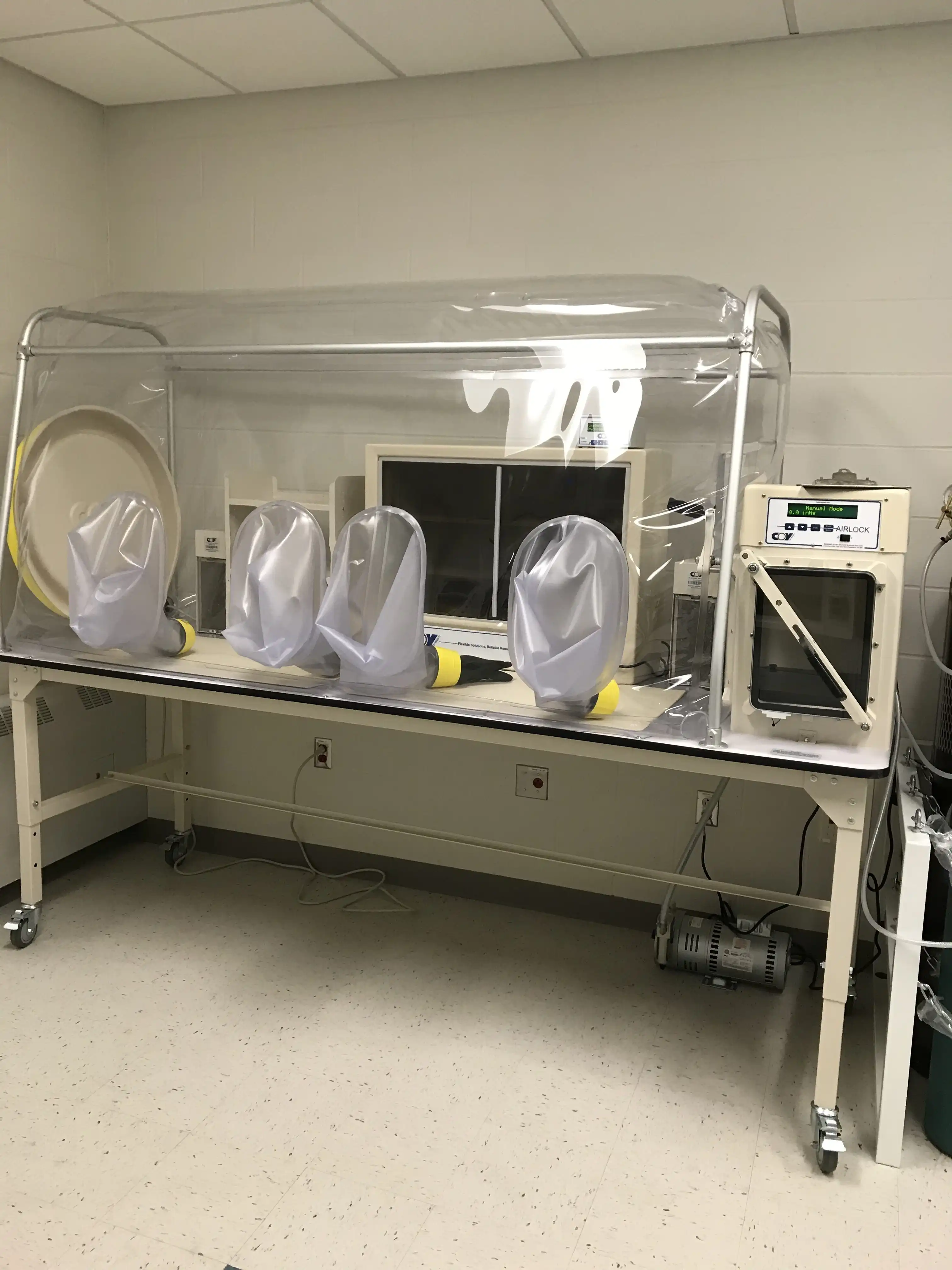
Anaerobic Chambers and Biology Lab Flooring
Kota Stone Flooring for Anaerobic Chambers and Biology Lab
Laboratory flooring is more than just a decorative element.
A biology lab is a dynamic and critical environment where scientific research and experimentation take place. One essential aspect of laboratory design is the flooring, which plays a crucial role in maintaining a safe and efficient workspace. In particular, labs that incorporate anaerobic chambers require specialized flooring solutions to ensure the success of delicate anaerobic experiments. This article delves into the importance of selecting appropriate flooring materials for biology labs, focusing on the unique requirements of anaerobic chambers.
The Significance of Proper Lab Flooring:
Laboratory flooring is more than just a decorative element; it directly impacts the functionality and safety of the workspace. Researchers and lab technicians often handle hazardous substances, corrosive chemicals, and delicate equipment, making the choice of flooring materials vital to prevent accidents and contamination.
In a biology lab, the flooring should be:
-
Resistant to Chemicals: Spills of acids, bases, and other chemicals are not uncommon in a biology lab. The flooring material should resist chemical degradation and be easy to clean to maintain a sterile environment.
-
Non-Porous: Non-porous flooring prevents the absorption of liquids and spills, reducing the risk of contamination and facilitating easier cleaning.
-
Anti-Slip: Labs can become slippery due to spills or wet cleaning. An anti-slip flooring surface is essential to prevent accidents and ensure the safety of lab personnel.
-
Durable: Biology labs are high-traffic areas, and the flooring should be able to withstand heavy equipment and frequent movement without wearing down.
Anaerobic Chambers: Special Considerations:
Anaerobic chambers are specialized enclosures that provide a controlled oxygen-free environment for research involving anaerobic microorganisms. Maintaining strict anaerobic conditions is vital for the accuracy and success of experiments.
When selecting flooring for anaerobic chambers, additional considerations come into play:
-
Oxygen Barrier: The flooring material should serve as an effective barrier against oxygen penetration to maintain the anaerobic environment within the chamber. This prevents the interference of atmospheric oxygen in the experiments.
-
Chemical Compatibility: Certain anaerobic experiments involve the use of specific chemicals and growth media. The flooring should be compatible with these substances to prevent any adverse reactions or contamination.
-
Easy Decontamination: Regular cleaning and decontamination are necessary in any lab, and anaerobic chambers are no exception. The flooring should allow for easy decontamination without compromising its integrity.
Recommended Flooring Options:
To meet the unique requirements of biology labs with anaerobic chambers, several flooring options are worth considering:
-
Kota Stone Epoxy Resin Flooring: Epoxy flooring with Kota Stone Tiles is a popular choice for laboratories due to its chemical resistance, non-porous nature, and durability. It can be customized to create a seamless, monolithic surface that effectively seals the chamber against oxygen infiltration.
-
Vinyl Flooring: Kota Stone Vinyl flooring is another suitable option, particularly if it is specifically designed for laboratory use. High-quality vinyl flooring can resist chemicals and provide a smooth, easy-to-clean surface.
-
Polyurethane Flooring: Polyurethane Polished Kota Stone flooring offers excellent chemical resistance and durability, making it ideal for use in anaerobic chambers.

